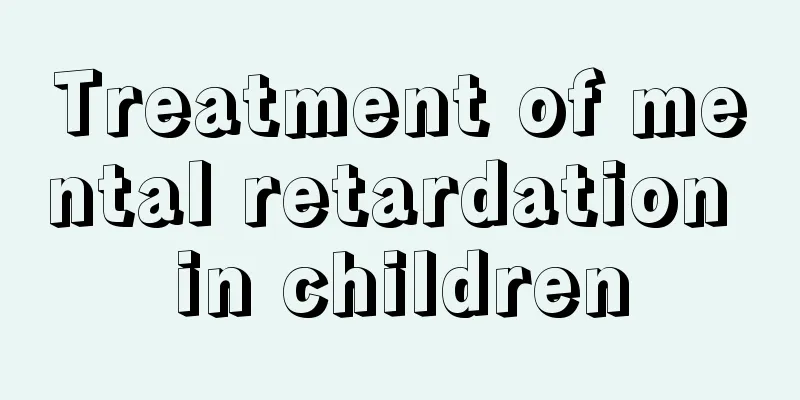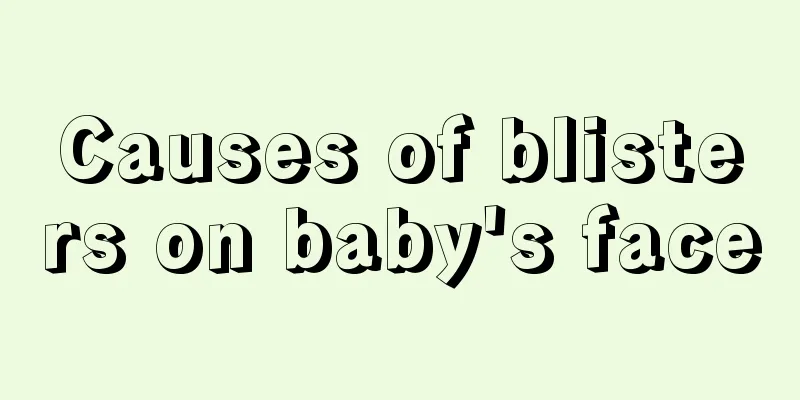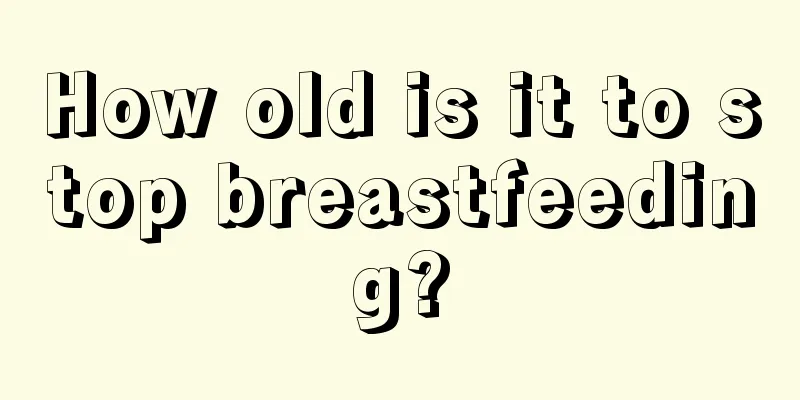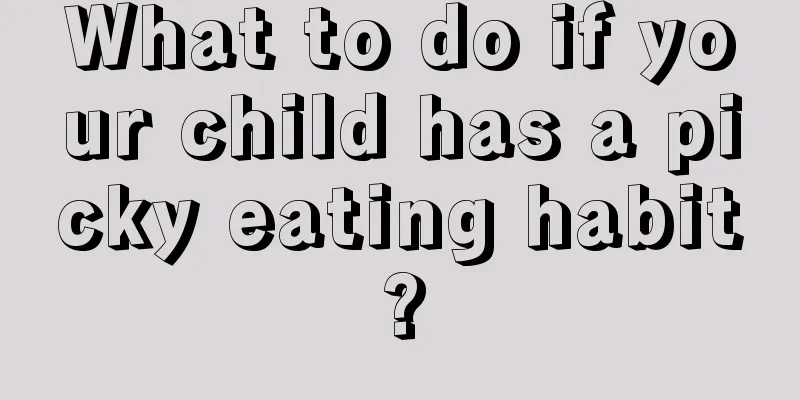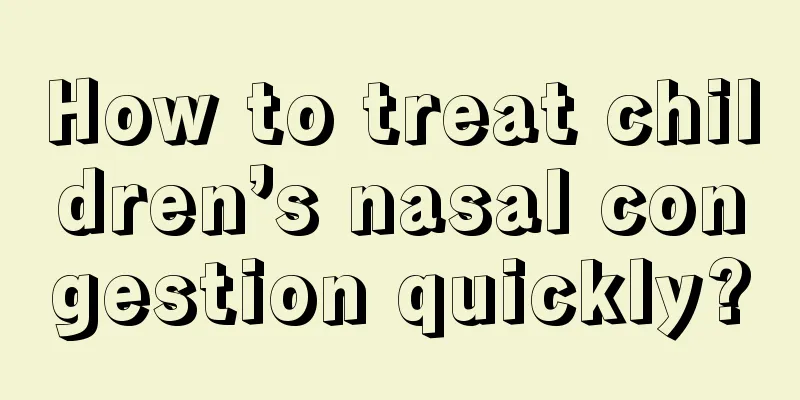How old can a baby be ruled out for cerebral palsy?

|
If a child has cerebral palsy, he will gradually show certain symptoms. Generally speaking, one month after the child is born, if he has cerebral palsy, he will gradually show certain symptoms. Parents can make judgments based on their children’s behaviors, such as their sleeping posture, language function, muscle tone tests, etc. Let us learn more about this aspect. How old can a baby be ruled out for cerebral palsy? At what age can a baby be diagnosed with cerebral palsy? The specific number of months depends on the child's condition. After the child is one month old, you can gradually start to give the child some tests to determine whether he or she has cerebral palsy: 1. Prone position: When a newborn fetus performs this movement, a normal baby can support his upper body with his arms and lift his head, but a baby with cerebral palsy cannot. When parents lift their children's heads with their hands, normal babies do not resist, but babies with cerebral palsy do resist. 2. Supine: Babies without cerebral palsy can support their bodies with their hands, but babies with cerebral palsy turn their heads to one side with their hands and feet on that side extended and the hands and feet on the other side flexed. When parents use both hands to tease a child lying on his back, a normal baby can use both hands to play with the parents' hands and still remain lying flat. Babies with cerebral palsy will hold on to their parents' hands tightly and even hang their upper bodies. 3. Sit upright: Parents now put their hands on the back of a sitting child, so that normal babies are more stable and can still sit steadily. Babies with cerebral palsy are unstable and can easily drop their heads and lean forward, swinging their outstretched arms up and down. 4. Lift upside down: When a parent grabs one of the child's legs and lifts the child upside down from a lying position, a normal baby will bend the other leg to resist. Babies with cerebral palsy will stretch out their legs and let you lift them upside down without any obvious resistance. 5. Muscle tension test: Muscle tone is the tension of muscles in a resting state. Muscle tone can be understood by passively flexing, extending, pronating and supinating the limbs. Young infants can grasp their forearms and shake their hands to understand the upper limb muscle tone based on the range of motion of the hands. To measure the muscle tension of the lower limbs, you can also hold the calf and swing the foot, and judge the tension based on the range of foot movement. When the tension is low, the range of movement of the hands and feet is large, and when the tension is high, the range of movement is small. At what age can a baby be diagnosed with cerebral palsy? The above is the relevant introduction for everyone. We must pay attention to the diagnosis of cerebral palsy. If cerebral palsy is seen at birth, we should pay special attention and actively take the child to a regular professional hospital for examination and treatment. |
<<: How to supplement calcium deficiency in children aged 5 to 6
>>: If my baby loves to laugh, does it mean he has cerebral palsy?
Recommend
I had jaundice and hepatitis when I was a child.
Many people don’t know much about jaundice, or on...
Reasons why children cry during nap
In life, many parents find it difficult to comfor...
How much do children grow taller each year?
Many friends who have just become parents have th...
What is the latest treatment for hernia?
Children and the elderly are most likely to suffe...
Why does a three-month-old baby bite his lower lip?
Some babies have abnormal physical phenomena, so ...
What should children eat to be good for their eyes?
Eyes are the windows to our soul, so we must neve...
Causes and prevention of yellowing of children's teeth
Nowadays, most families have only one child. The ...
How many times a day should a 50-day-old baby poop?
After birth, newborns will defecate almost every ...
Fetal biparietal meridian standard
The fetal biparietal diameter is an important ind...
Causes and treatments of scoliosis in children
Scoliosis in children is, to some extent, a conge...
What are the reasons why children cannot sleep well at night?
Many children play all day long, so logically the...
What should I do if my child sometimes speaks indistinctly?
Today's children are the apple of their paren...
How to carry out early education for babies?
This is the best time for babies to learn and acc...
When is the best time to have hernia surgery in children?
Currently, the best treatment for pediatric herni...
Can children drink chrysanthemum tea?
It is not suitable for children to drink chrysant...

